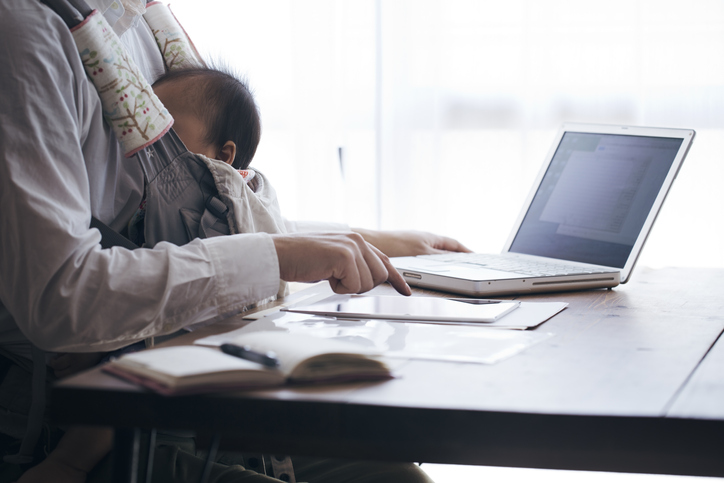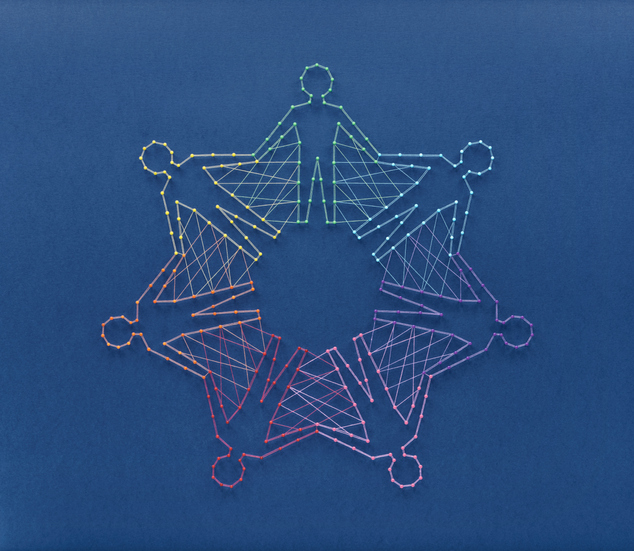With over six billion people worldwide currently using smartphones, social media has an almost universal reach.1 Keeping connected with loved ones around the globe, kick-starting social movements, and providing space for marginalized voices and an outlet for self-expression, social media apps and websites have many positive attributes. But is the time you spend scrolling having a negative impact on your life?
Brief History of Social Media
Digital communication goes far back. The Washington Post even describes Samuel Morse as “the true inventor of social media” with morse code.2 However, excessive use of social networking websites and applications is more recent.
Beginning as a desktop experience, social media websites were a way for people to connect digitally with family and friends, colleagues, and other like-minded people. The invention of smartphones, introduction of quality in-phone cameras, and high-speed wireless internet connections meant a vast increase in social media consumption and time spent scrolling.
Today, how many people subconsciously pick up their devices as soon as they have some spare time or feel like a part of them is missing when they don’t have their devices within arm’s reach?
The Research—Social Media Addiction
Social media addiction is described as a psychological addiction that compels someone to be overly engaged in social media, devoting so much time to social media that it impacts other aspects of their lives.3
Researchers at Harvard University found that posting on social media activates the same part of the brain that ignites when taking an addictive substance. Positive social stimuli, in the form of “likes,” “comments,” and messages, can also result in a release of dopamine. When a person posts a picture and receives positive social feedback, this stimulates the brain to release dopamine, which rewards the behavior of posting and perpetuates the social media habit.4
Nomophobia (an abbreviation for “no-mobile-phone-phobia”) is the fear of being without your mobile phone.5 Professor Alter of New York University found that 46 percent of young adults said they’d rather have a broken bone than a broken phone.6 In addition, a report conducted by Bank of America found that 71 percent of people sleep with their mobile phones beside them,7 with some people even falling asleep with them in their hands!
Benefits of Less “Scrolling Time”
The average person spends just under seven hours every day looking at a screen,8 with a global average of 4.8 hours spent visiting mobile social media apps.9 Reducing time spent consuming social media could have amazing benefits, such as the following:
- Improved relationships and reduced feelings of loneliness—With the accessibility of connecting with many people all at once via social media, on the surface you may feel like you are surrounded by social connections—but are those connections real and meaningful? Reducing your social media intake could help you to nurture your perhaps-neglected offline relationships.
- Improved self-esteem—Social media can cause people to draw comparisons between themselves and others, comparing things such as appearance, achievements, or financial or marital status.
- More Zzz’s and an increase in quality sleep—Not only would you probably manage to go to bed a little earlier if you were less attached to your phone, but less blue-light exposure would mean reduced disruption to your body’s production of melatonin, the hormone responsible for helping you to sleep.10
- Enhanced productivity at work—Less social media interruption could increase your focus and attention and help you to overcome creative blocks.
You don’t need to quit social media fully to experience these benefits. In fact, quitting social media suddenly could heighten anxiety and feelings of FOMO (fear of missing out) in the short term. Reducing your app time to 30 minutes per day or unplugging from social media for a week can really boost your overall wellbeing and give you a chance to reset.11,12
So, how do I unplug and recharge?
- Gradually reduce your screentime weekly.
- Make plans to spend time away from the screen.
- Turn off notifications for social media apps.
- Stop scrolling and start strolling! Increase your physical activity and connectedness with nature.
- Commit to a digital detox.
- Have technology-free hours in your day or technology-free zones in your home.
Are you feeling up for a challenge?
A month away from your favorite social media apps could help to promote healthier social media habits in the long term and provide noticeable improvements to your physical and mental health. Perhaps you could pledge to be scroll free for 30 days with the upcoming “Scroll-Free September” initiative.



































